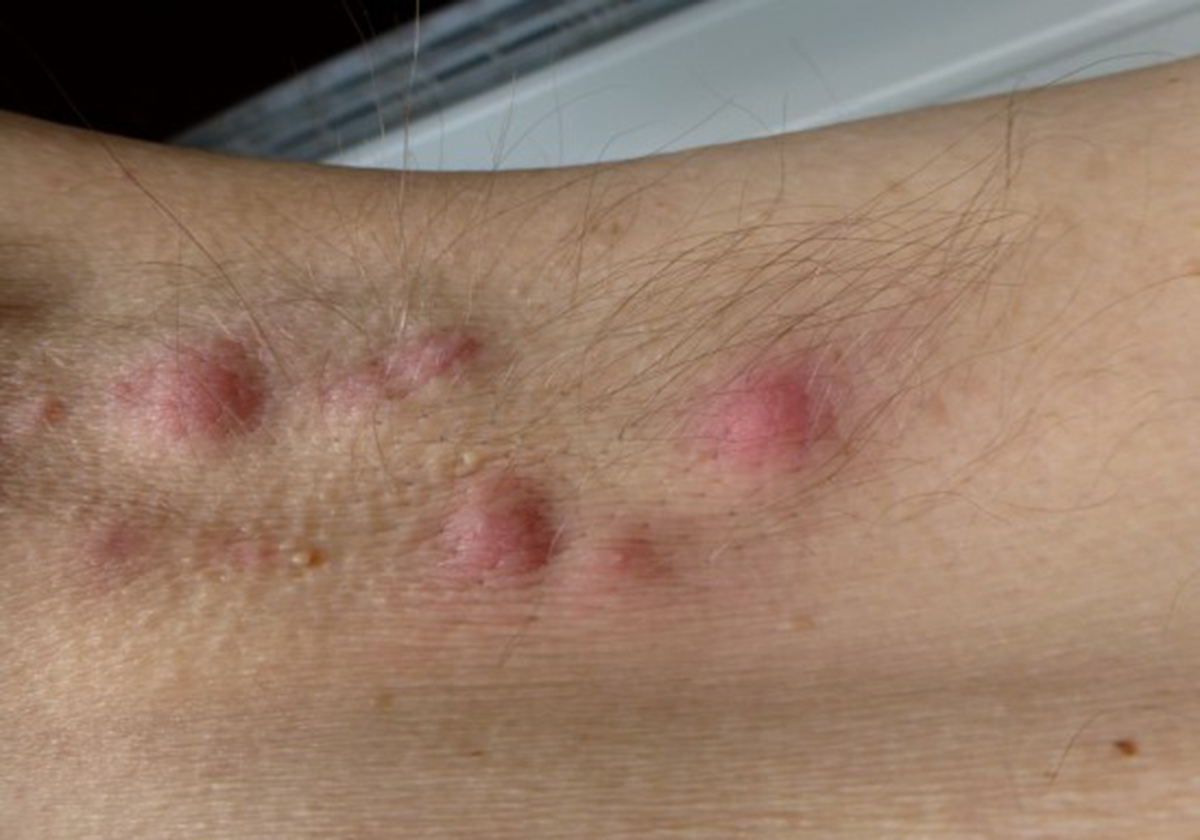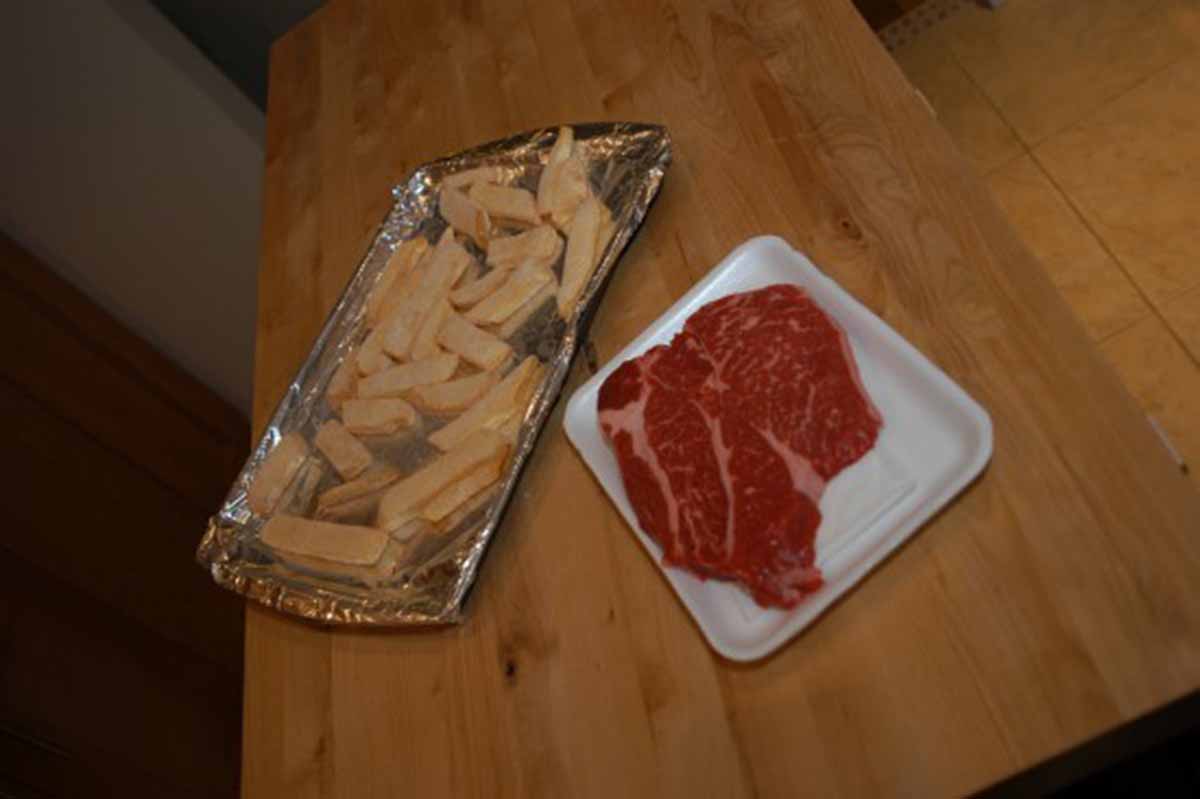Imagine the nastiest pimple you ever had as a teenager. Then imagine it the size of a golfball, painful, growing in a longline with other huge pimples on your groin, or under your breast, or on your testicles, or in your armpit.

And then imagine that your doctor cannot give you any treatment because your doctor cannot figure out what it is.
This baffling, painful autoimmune disease typically strikes teens and young adults, and although it is not an infection, it often follows a sexually transmitted infection. About 1% of males and up to 4% of females experience the disease at some point between puberty and middle age. It is very rare in women who have past menopause and in men over the age of 55.
Studies report that the highest incidence was among young women aged up to 30 years, and what's interesting is that the incidence of hidradenitis suppurativa has risen over the past four decades, particularly among women. The question remains — if this due to the rise of obesity, smoking, body awareness or the spread of STD? [1]
Women are more likely to have hidradenitis suppurativa in the area of underarms and upper back, while men face them more often in the pubic and surrounding area.
This particular study also proved that more than half of the patients that were examined were obese, and almost three-quarters of these patients were either former or current smokers and 4 in 10 patients were diagnosed with depression and/or acne. All in all, obesity, smoking and gender were significantly associated with more severe cases of hidradenitis suppurativa.
What Are the Symptoms of Hidradenitis Suppurativa?
The condition does not affect the apocrine glands that "leak" sweat, found all over the body, but concentrates in the apocrine glands in the armpits, on the groin, and around the anus that can "pour sweat. The normally thin lining of the apocrine sweat glands grows, and grows, and grows in all directions, even though the skin around the gland cannot stretch to accommodate it.
A typical, usually non-painful symptom of hidradenitis suppurativa are small pitted areas of skin containing blackheads — these blackheads often appearing in pairs.
The red and tender lumps and bumps caused by hidradenitis suppurativa usually go away in 2 or 3 months, but not before they bleed and leak pus. Sex life is out of the question, and so is a day sunning on the beach. Then when one bump heals another breaks out right next to it and the process starts all over again. The drainage may have an odor and may be accompanied by itching and burning. These lumps and bumps usually appear in areas where skin rubs against skin, such as groin area, anus, under breasts or armpits.
These lumps that develop under the skin can grow to a size of a pea or bigger and they feel hard to the touch and can move.They may persist for years, they can enlarge and become inflamed. Sometimes, over time tunnels can be formed — these are tracts connecting the lumps may form under the skin.
What Causes Hidradenitis Suppurativa?
When people who have HS go to their doctors for help, the doctor typically assumes that the problem is an infection. They are counseled to keep themselves cleaner and take antibiotics.
Neither scrupulous hygiene nor antibiotic treatment will make the condition go away.
READ Pimple-like Bumps on Penis and Testicles
But what people who have HS know is that bumpy skin forms in response to certain triggers. These may include [1]:
- Antiperspirants, especially those that contain tea tree oil.
- Certain medications, such as birth control pills, and lithium.
- Tight clothing, and fabrics that do not "breathe."
- Hot, humid climates. Hot, dry climates often cause the condition to "dry up."
- For people who are overweight, exercise without properly fitting clothing and athletic gear. HS is activated by pressure on the skin, and obesity puts additional pressure on the skin. Losing weight, unfortunately, will not cure the disease.
A Diet For Hidradenitis Suppurativa
As already suggested, people suffering from HS should avoid clothing that are tight-fitting and they should not shave the areas that are affected! Instead of shaving, an aggressive treatment with hair removal laser had a positive effect on lesions of HS.[2]
In order to reduce the smell associated with HS, you should clean the affected areas daily using an antibacterial soap.
Typical treatment for hidradenitis suppurativa consists of [3]:
- oral antibiotics (minocycline, tetracycline, erythromycin, Augmentin, others)
- topical antibiotics (clindamycin or erythromycin).
In severe cases, anti-inflammatory pills are helpful in addition to the antibiotics.
If the condition progresses to swelling and severe tenderness, intralesional injections are injected into the affected places to reduce the problem. Some studies also proved the adalimumab — an injectable protein(antibody) that blocks the inflammatory effects in rheumatoid arthritis, psoriatic arthritis, ankylosing spondylitis, Crohn's disease, ulcerative colitis, chronic psoriasis, hidradenitis suppurativa, and juvenile idiopathic arthritis — proved to be effective in severe recalcitrant hidradenitis.[4]
Medications that can help control the condition in moderately bad cases are Retin-A cream and Accutane, which is a drug for severe acne.
Some women respond to high estrogen birth control pills (Demulen 1/50 Ortho Novum 1/50) and spironolactone pills. A study was conducted to examine the safety and efficacy of drospirenone and ethinyl estradiol (YAZ) in female patients with hidradenitis suppurativa. However, due to poor recruitment, the study was terminated. [5]
All in all, over time, surgery proved to be the most effective treatment for recalcitrant hidradenitis. The downside of surgery is that it leaves scarring and may have surgery complications, for this reason, medical treatments are usually tried first. Surgery is the most aggressive approach because the surgeon has to remove scarred tissue or even large areas of skin, and sometimes skin grafts may be needed. In smaller affected areas, incision (lancing) and draining can help.[3]
People who have HS find that their best efforts usually do not accomplish very much in controlling HS, but a prominent international spokesperson for this orphan condition, Tara Grant, author of the book The Hidden Plague, tells her experience with a method that does.[6]

An Expert Who Suffered Many Symptoms
In various venues promoting her book, Grant has revealed that she herself suffered HS for over 20 years. Grant says that she suffered a variety of endocrine and autoimmune issues including polycystic ovarian syndrome, irritable bowel syndrome, extreme mood swings, depression, and joint pain, but the horrors of hidradenitis suppurativa were even worse.
Because the bumps caused by HS resemble some of the skin problems caused by diseases like syphilis, she dreaded seeing doctors for the first time. HS was not her only skin problem. She also suffered from eczema, hives, mysterious rashes, ingrown hairs, and "chicken skin" on her upper arms.
HS Cured By Primal Diet
Tara Grant eventually found her answer in a primal diet. This approach to eating "like a cave man" excludes all modern processed foods and most unprocessed foods that are thought not to have been available in paleolithic times.
Emphasizing the nutrition packed in meats and vegetables and leaving out grains, sugar, and artificial ingredients, many advocates of a primal approach to dieting claim that it cures a condition called leaky gut syndrome, in which toxic compounds from food can cross the lining of the small intestine and enter the bloodstream.
When Grant "went primal," a lot of her symptoms went away. She believes that this likely was due to the curing of leaky gut, relieving her body of the toxic burden it had had to process all of her life. But Grant also believes that certain "healthy" foods approved on the primal diet kept her symptoms alive, and it was not until she eliminated them, too, that she finally became healthy.
READ Natural and Home Remedies for Acne (Pimples)
Identifying Problem Foods in HS
For Grant, the improvements in her life and lifestyle after she started a primal diet were astonishing, but her condition would come back from time to time with no explanation. Grant slowly noticed that certain foods would trigger attacks, but she does not suppose that everyone who has HS would be sensitive to the same list of trigger foods. To get well and stay well, Grant recommends a process called journaling.
Journaling is the process of recording each and every mouthful of food you eat each and every day, along with recording each and every symptom of HS. It's something you can do entirely on your own, of course, although Grant has written both her book and provides a well-organized journal to make the process simple.
After she identified the "healthy" foods that kept her disease alive, Grant found that she even had relief from problems like broken nails and dandruff, but only by getting to know her food and her diet day by day.
Should you read Grant's book and try her method? If you have HS, or even if you just think you have HS, the answer is yes.
Primal dieting may not be for everyone, and this kind of primal dieting takes a little extra work, but it is the only method for potentially curing, not just treating, hidradentitis suppurativa.
- Photo by shutterstock.com
- Photo courtesy of Jon by Flickr : www.flickr.com/photos/thetejon/510200654/

